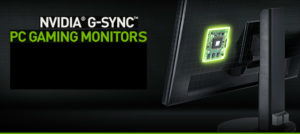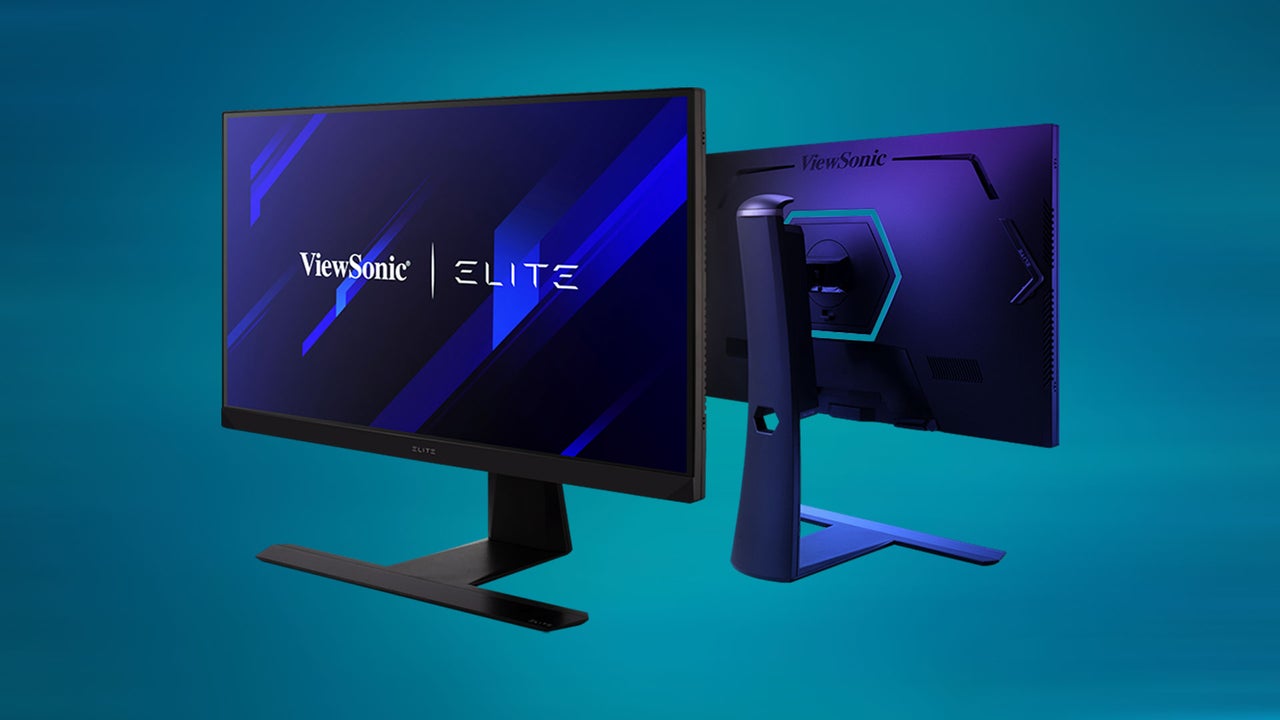
Nvidia’s G-Sync technology, known for synchronizing full frames between the graphics card and display to prevent screen tearing, typically comes with a premium price tag. This cost is largely due to the additional electronics board required inside the monitor to fully support G-Sync.
However, recent developments are set to change this. A new “G-Sync Pulsar” standard, developed in collaboration with MediaTek, allows G-Sync technology to be integrated directly into a monitor’s existing primary electronics board. This innovation simplifies the manufacturing process and is expected to reduce the cost of G-Sync monitors.
At Gamescom, Acer, AOC, and Asus unveiled their first models featuring this new standard. These 27-inch 1440p monitors offer impressive 360Hz refresh rates. While the introduction of the G-Sync Pulsar standard promises more affordable G-Sync monitors, these new models may still be priced at a premium.
It’s important to distinguish between “G-Sync” and “G-Sync compatible” monitors. The latter can provide basic motion-smoothing and frame synchronization with Nvidia graphics cards but lack the full range of G-Sync features. The new G-Sync Pulsar monitors aim to offer a more integrated and cost-effective solution while maintaining some of the advanced capabilities associated with higher-end G-Sync displays.




